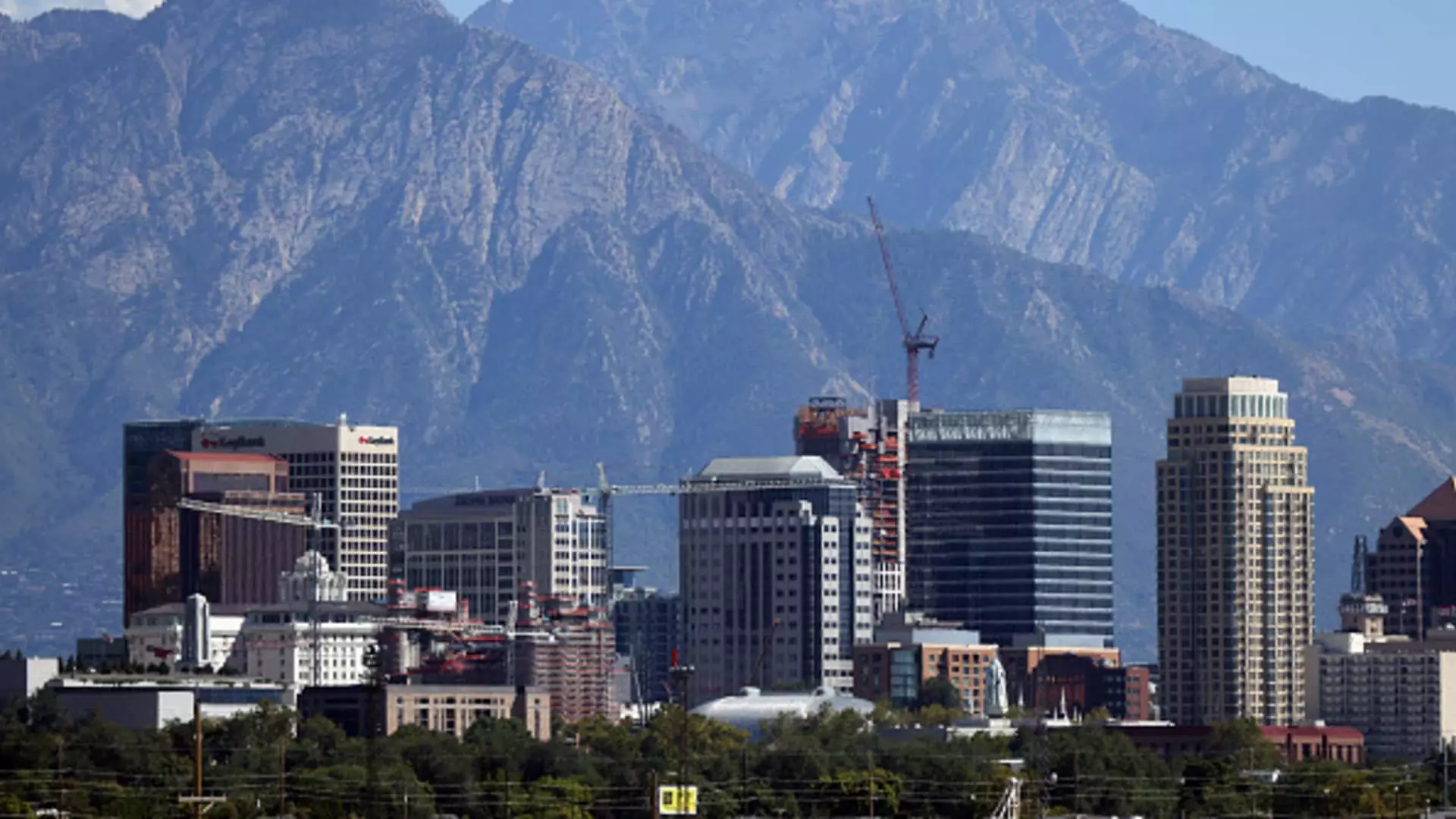Salt Lake City’s metamorphosis into a vibrant economic hub can largely be attributed to significant milestones that have reshaped its identity. The 2002 Winter Olympics played a pivotal role, catalyzing not only infrastructure development but also fostering a cultural and entrepreneurial renaissance. Former Governor Michael Leavitt astutely observes that a confluence of factors—including a burgeoning population and the early stages of a tech boom—laid the groundwork for this transformation.
When the Olympics arrived, Salt Lake City was at the crossroads of opportunity and necessity. The games served as a launchpad for technological innovation and education, particularly in engineering fields. This was not simply a stroke of luck; it was the result of careful planning and timely execution. City officials capitalized on the international exposure, presenting Salt Lake City as a viable destination for startups and established companies alike. This strategy has propelled the city into the ranks of top-tier metropolises, currently favored by tech entrepreneurs and financial institutions.
The Financial Powerhouse
A particularly striking aspect of Salt Lake City’s growth is its status as a financial nexus, housing 15 out of the 23 industrial banks in the United States. This rare concentration of banking institutions showcases the city’s economic clout and ability to attract investment. In an era where digital currencies and fintech are reshaping the financial landscape, it’s critical for Salt Lake City to adapt and innovate continuously in this sector.
The city’s advantage lies in its unique combination of a low cost of living and a high quality of life, making it attractive to both businesses and professionals. The tech industry’s rise has intertwined with finance, creating a synergetic environment that fuels job growth and diversifies the economy.
The Unique Climate Economy
Adding to its charm is Salt Lake City’s distinctive “snow economy,” which solidifies its competitive edge over other urban areas in the United States. The upcoming Winter Olympic Games in 2034 are set to amplify this aspect further, drawing international attention and boosting tourism. This cyclical relationship between climate and economy underscores a sacred bond Salt Lake City shares with its natural landscape, ultimately enriching both its residents and visitors.
However, while the city prepares for its moment in the spotlight, it cannot ignore the looming challenges on the horizon. The specter of climate change poses a significant threat, potentially disrupting the very economic activities that rely on seasonal snowfall. Furthermore, there exists an urgent need for greater diversity in its workforce and community to cultivate a more inclusive environment.
The juxtaposition of promise and peril defines Salt Lake City’s current chapter. With its sights set on the future, the city must grapple with these issues head-on, ensuring resilience amid growth. By addressing its environmental concerns and embracing diversity, Salt Lake City can fortify its status as a beacon of opportunity for generations to come.

